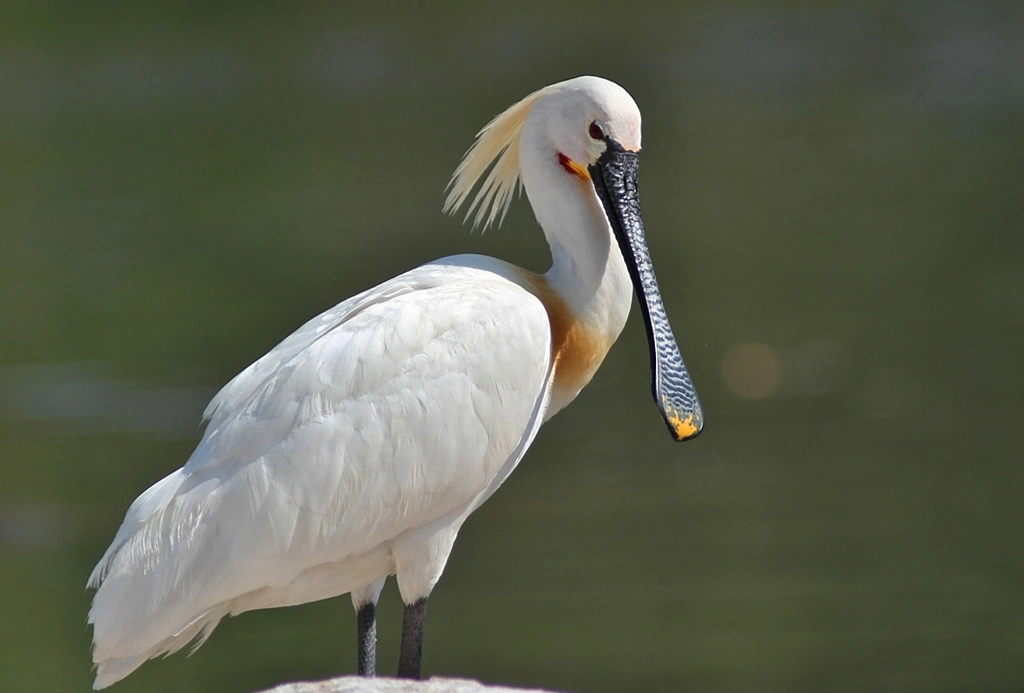 1. SPOONBILL (Platalea leucorodia)
1. SPOONBILL (Platalea leucorodia)
As implied by the name, this is a wading bird with a distinctive spoon-shaped bill. It has a long, slender neck, a distinctive yellowish crown, and dark grey legs. A member of the ibis´ family, the Spoonbill is mainly found in shallow freshwater habitats and other wetlands. In the Algarve, these birds are present in a variety of places such as Ludo, Castro Marim, Salgados, Alvor and Dunas Douradas.
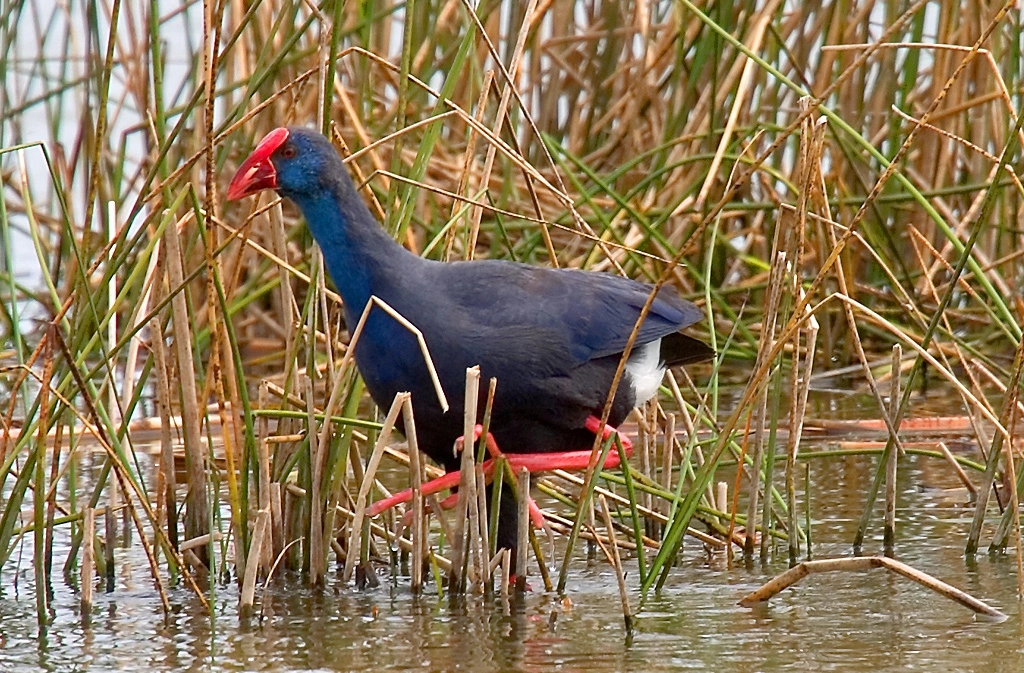 2. WESTERN SWAMPHEN (Porphyrio porphyrio)
2. WESTERN SWAMPHEN (Porphyrio porphyrio)
One of the most iconic birds of the Algarve, this Swamphen has striking purplish-blue plumage, large feet, and reddish beak. Once threatened, the species became the symbol of the Ria Formosa Natural Park after successful efforts to restore its local population. In the Algarve, the Western Swamphen (or “Purple Swamphen”) can be seen year-round in wetland areas such as the Salgados Lagoon, Vilamoura, Foz do Almargem, Dunas Douradas, Quinta de Marim, and (most notably) in Quinta do Lago.
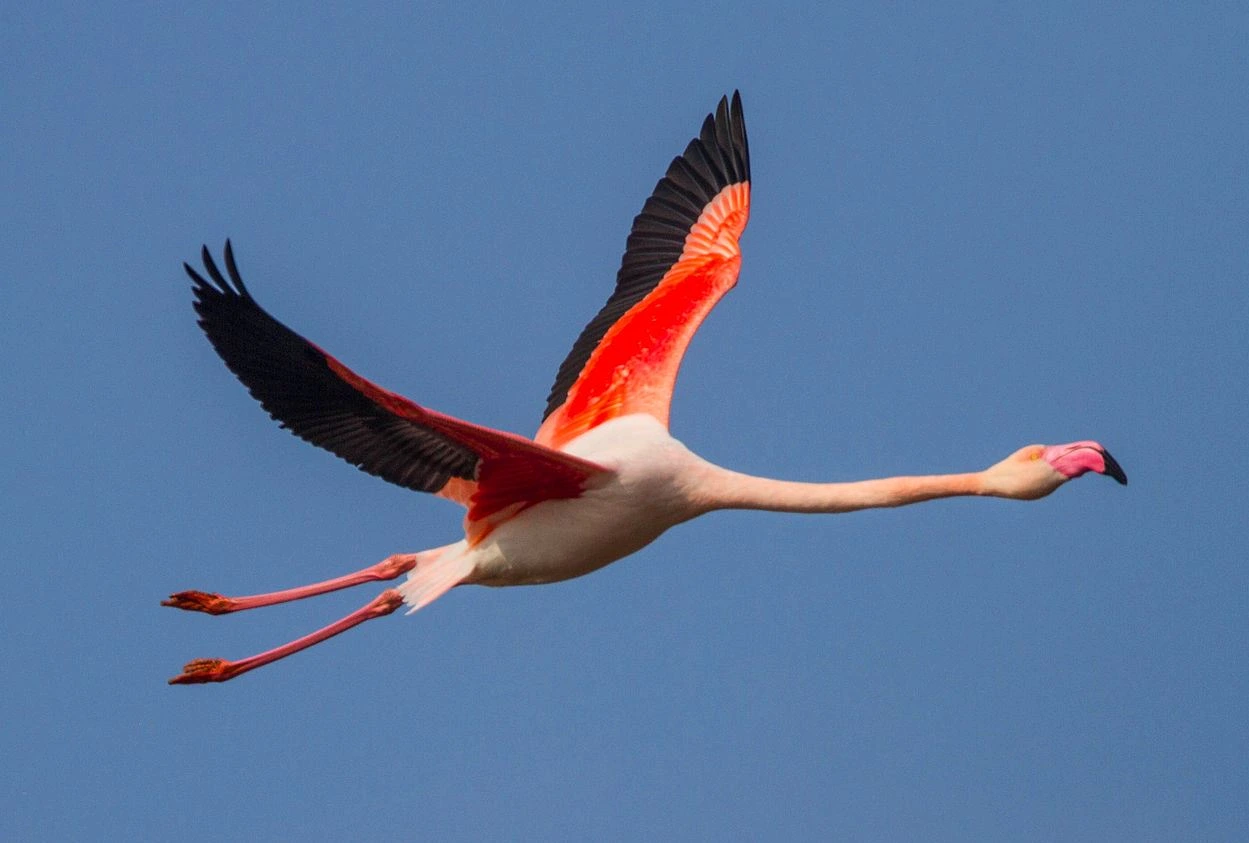 3. GREATER FLAMINGO (Phoenicopterus roseus)
3. GREATER FLAMINGO (Phoenicopterus roseus)
This large, distinctive bird can reach up to five feet in height and has a wingspan of up to six feet. The Greater Flamingo prefers aquatic habitats that are shallow and saline, such as lagoons, salt pans, and coastal wetlands. They are often found in large flocks feeding on small aquatic organisms such as crustaceans, mollusks, and algae. Ludo, Tavira and Castro Marim are the most important habitats for the Greater Flamingo in the Algarve. In smaller numbers, you can often find the species also in Alvor, Salgados and Vilamoura.
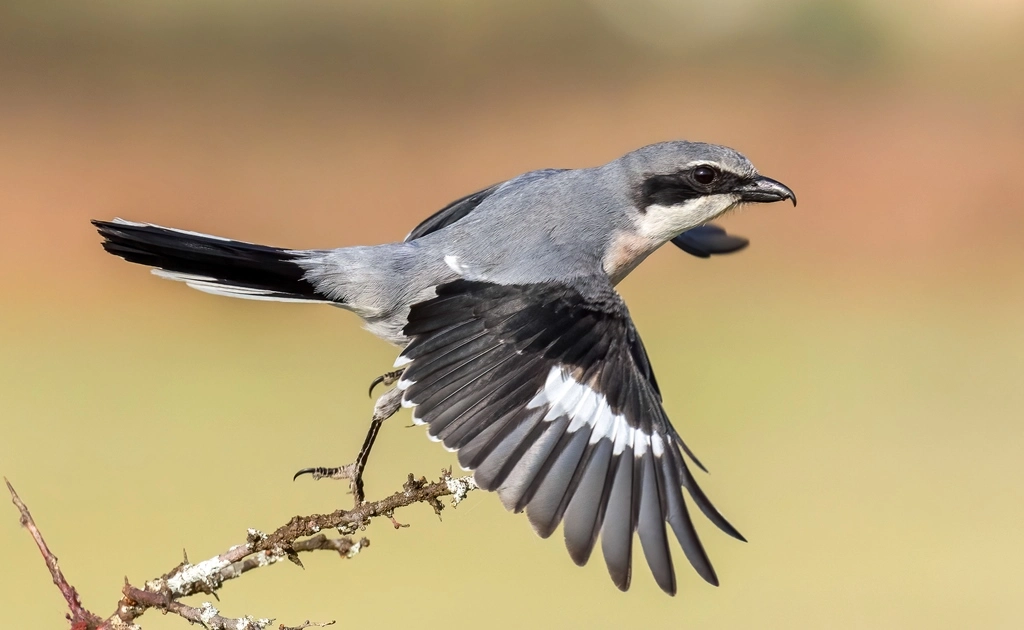 4. IBERIAN GREY SHRIKE (Lanius meridonalis)
4. IBERIAN GREY SHRIKE (Lanius meridonalis)
Sporting black eye-mask and white underpants, this bird is a fierce predatory passerine that impales its victims on thorns and barbed wire (just like other shrikes). This species is a bit smaller and darker than the closely related Great Grey Shrike. With a preference for dry open country, it preys upon insects, rodents and other birds. Unfortunately, this consummate predator has seen its population shrink rapidly over the last decades. Despite that, among other places in the Algarve, you can still spot it in Castro Marim, Alvor, Carrapateira and across the Sagres Peninsula.
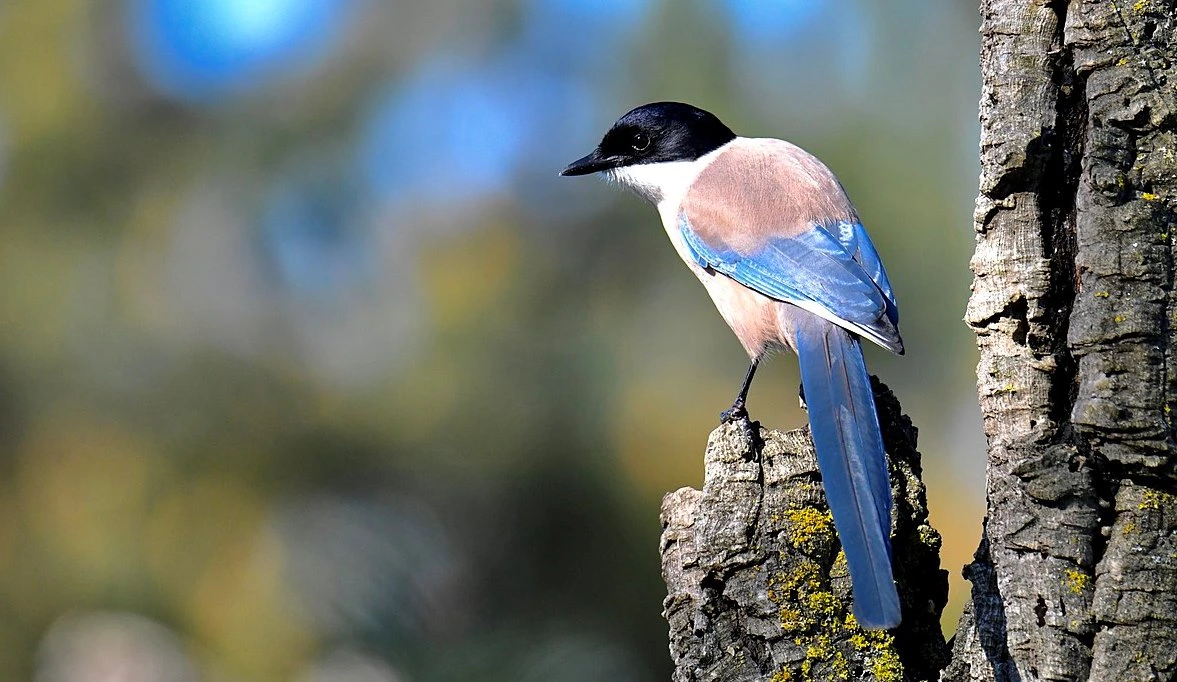 5. IBERIAN AZURE-WINGED MAGPIE (Cyanopica cooki)
5. IBERIAN AZURE-WINGED MAGPIE (Cyanopica cooki)
The blue colour is the rarest in terrestrial beings. But this magpie has plenty of dazzling azure-blue along its wings. Beautiful, vocal, social and agile, this bird prefers open woodlands (especially holm and cork oak woodlands), as well as Mediterranean scrub. These magpies are known to be adaptable but they are not found in dense forests or heavily urbanized areas. In the Algarve, they are easy to spot in Quinta do Lago, Ludo, Pontal, Dunas Douradas, Vilamoura and Alvor.
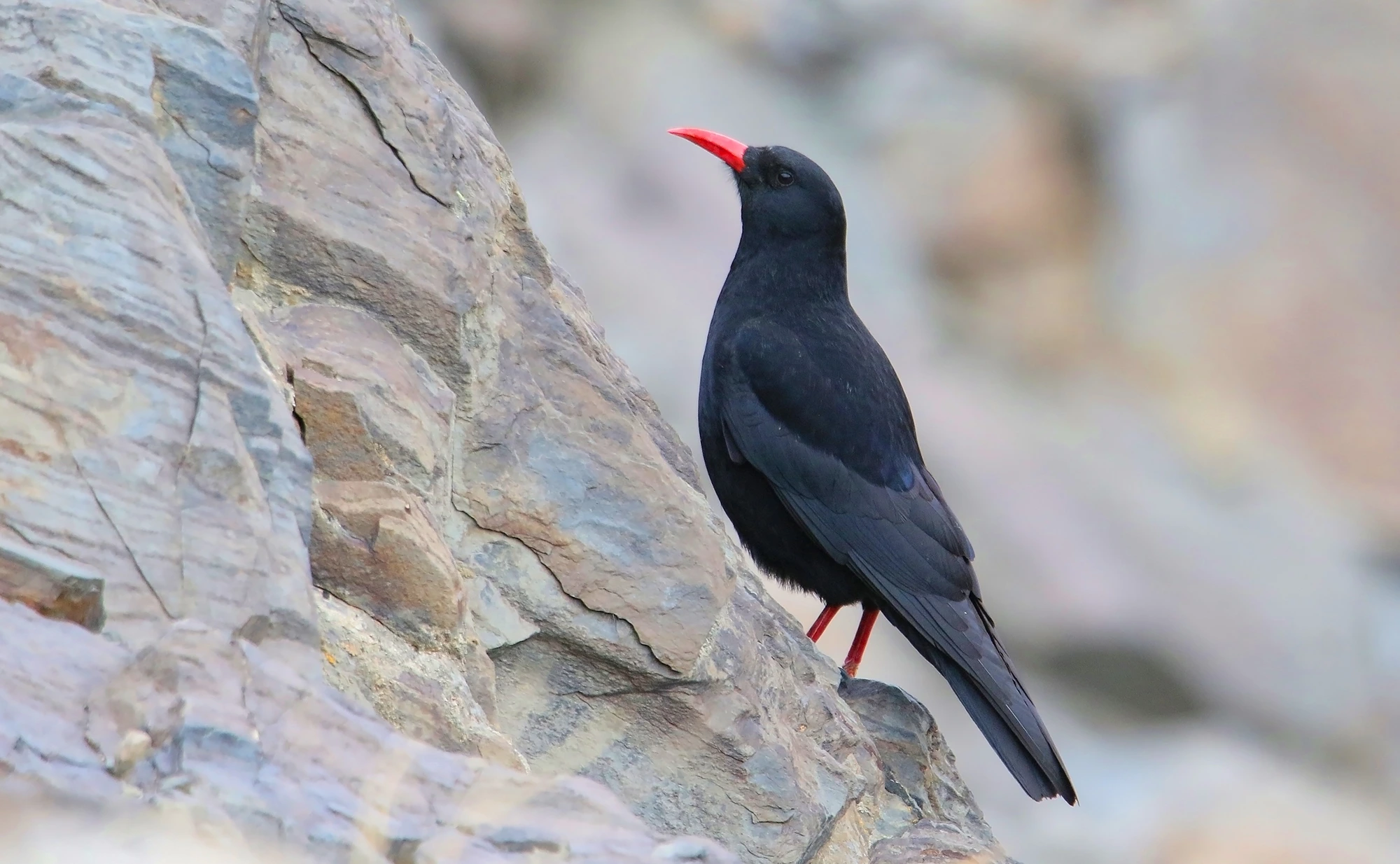 6. RED-BILLED CHOUGH (Pyrrhocorax pyrrhocorax)
6. RED-BILLED CHOUGH (Pyrrhocorax pyrrhocorax)
A member of the crow family, this is an unmistakable bird with red legs, lustrous black plumage, and curved red bill. This species is native to craggy areas and is often seen flocking in large groups. They prefer habitats with cliffs, rocky outcrops, and open grasslands. In the Algarve, it can be spotted across the Sagres Peninsula (particularly in the vicinity of Cape St. Vincent).
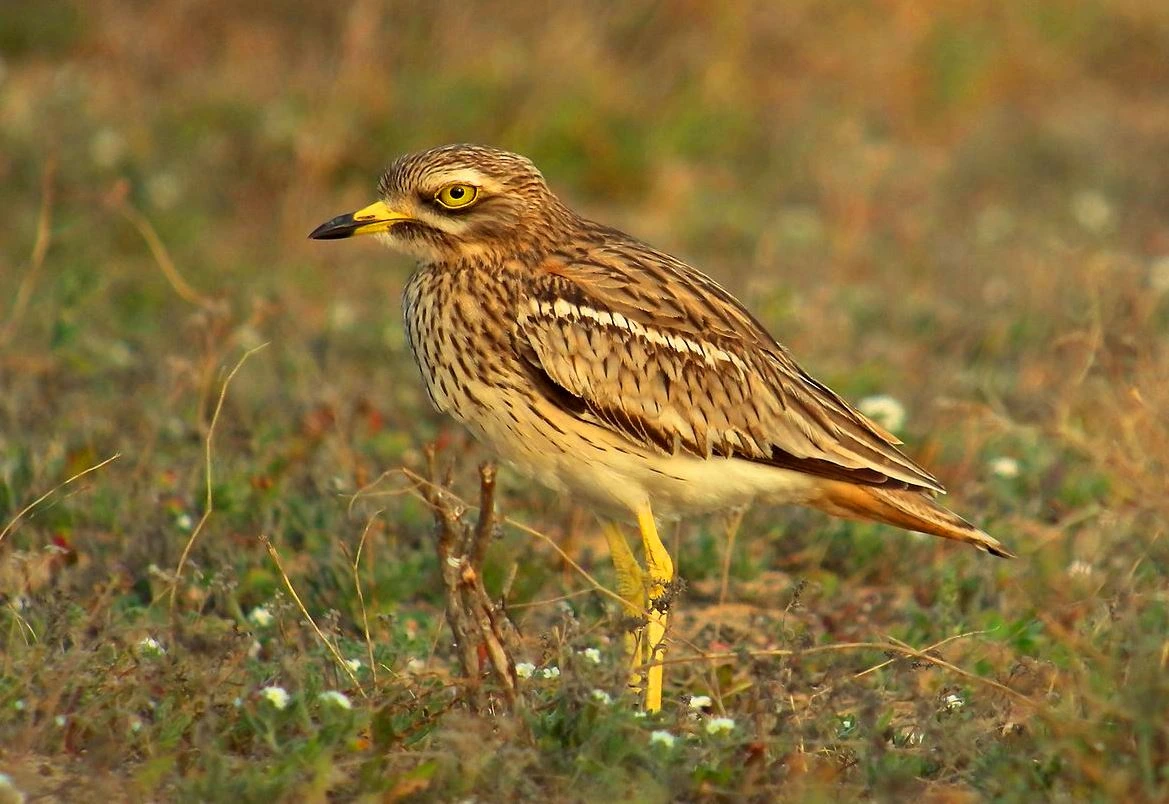 7. STONE-CURLEW (Burhinus oedicnemus)
7. STONE-CURLEW (Burhinus oedicnemus)
Featuring long legs and large golden-yellow eyes, this elusive, highly mimetic species is a wader bird with a striking appearance and a haunting call that echoes across the landscape. Its preferred habitat is open, dry, grassy or stony ground, including heathlands, moorlands, coastal dunes, and arid savannas. If you’re feeling lucky, you can try to spot this bird in Alvor and Castro Marim. During winter, this species can sometimes be seen around Cape St. Vincent.
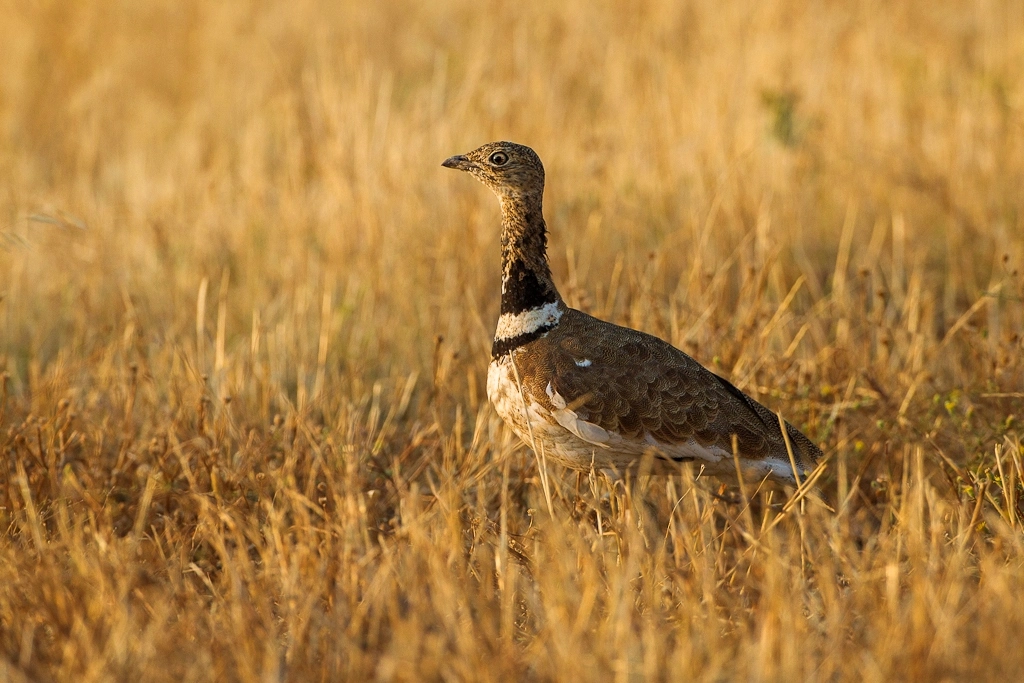 8. LITTLE BUSTARD (Tetrax tetrax)
8. LITTLE BUSTARD (Tetrax tetrax)
A ground-dwelling bird, the Little Bustard is known for its brown and white plumage, long legs, and round body. This species lives in grasslands and steppes, where they feed on seeds, insects and other small animals. These birds can also be found in areas of crops and fallow lands. The Little Bustard is considered a globally threatened species due to habitat loss and degradation. However, in the Algarve, this bird is still a fairly regular sight both in Cape St. Vincent and in Castro Marim. But the best place to see it is – without a doubt – the peneplains of the Alentejo (the region to the north of the Algarve).
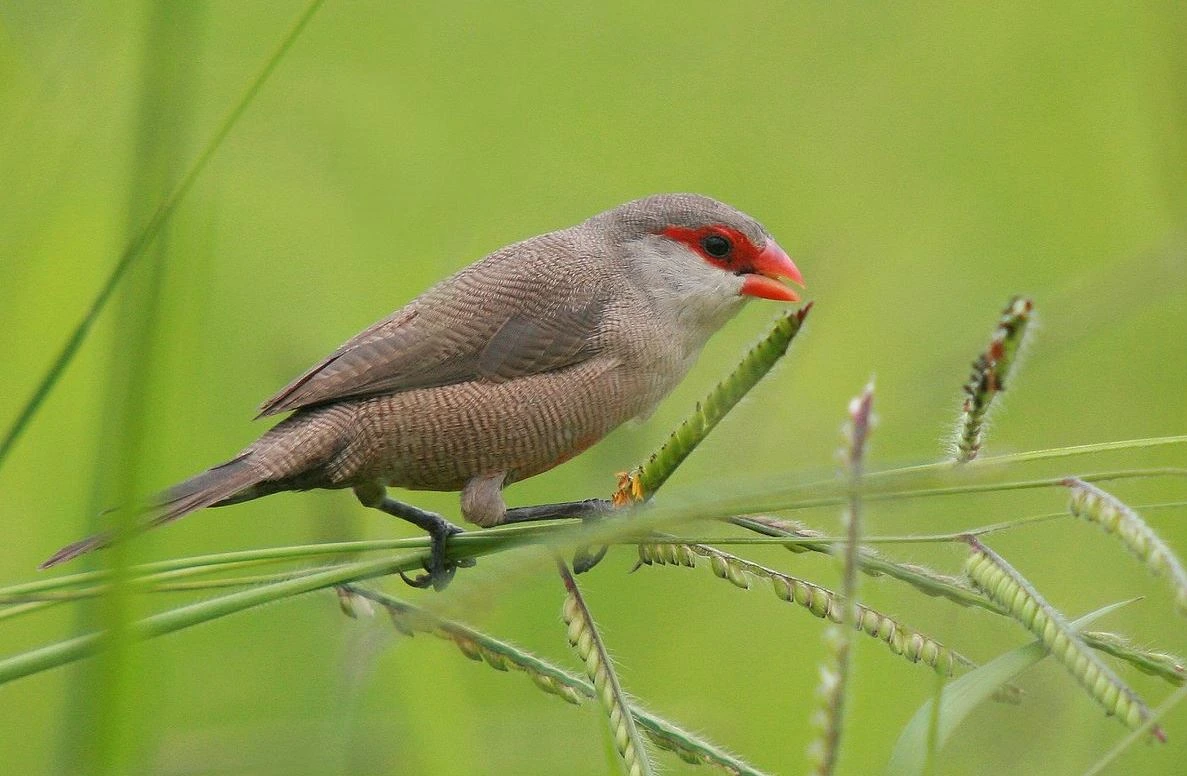 9. WAXBILL (Estrilda astrild)
9. WAXBILL (Estrilda astrild)
The Waxbill is a small bird with a distinctive, conical beak. Known for its energetic behaviour, Waxbills live in a variety of habitats, including grasslands and scrublands, as well as in agricultural areas, parks, and gardens. They feed on seeds, insects, and small fruits, and are often found in noisy flocks flitting through the vegetation in search of food. This species can be found throughout the Algarvian coast, particularly in Alvor and neighbouring Paul de Lagos, as well as in Dunas Douradas, Quinta do Lago and Ludo.
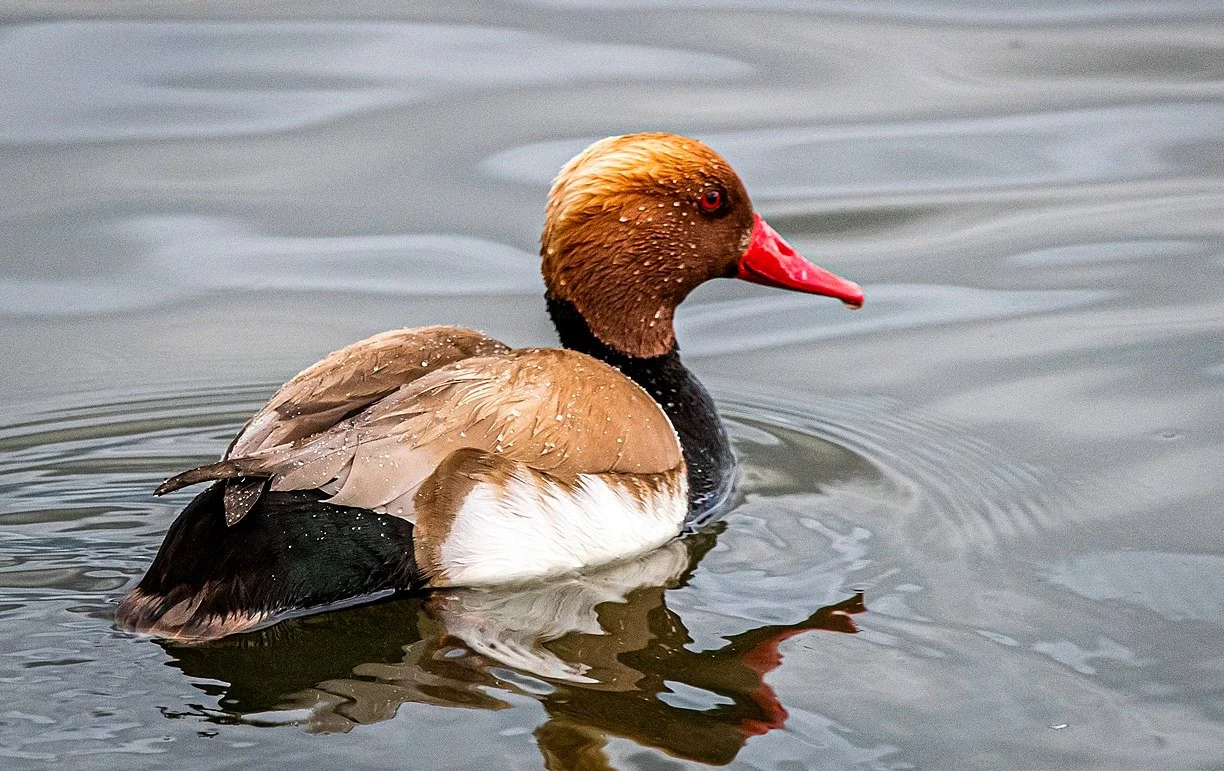 10. RED-CRESTED POCHARD (Netta rufina)
10. RED-CRESTED POCHARD (Netta rufina)
The Red-crested Pochard is a stunning duck with unique looks. The male has a black breast, a beautiful orange head, and white flanks that make it stand out in the water. The female is pale brown, though. This is a social bird that typically lives in large flocks and is often seen in shallow ponds, marshes, and other freshwater habitats. They feed on aquatic plants, seeds, and insects and are known for their particular calls. In the Algarve, the best areas to see Red-crested Pochards are Almargem and Quinta do Lago. Sometimes, they also make appearances in Salgados and Dunas Douradas.
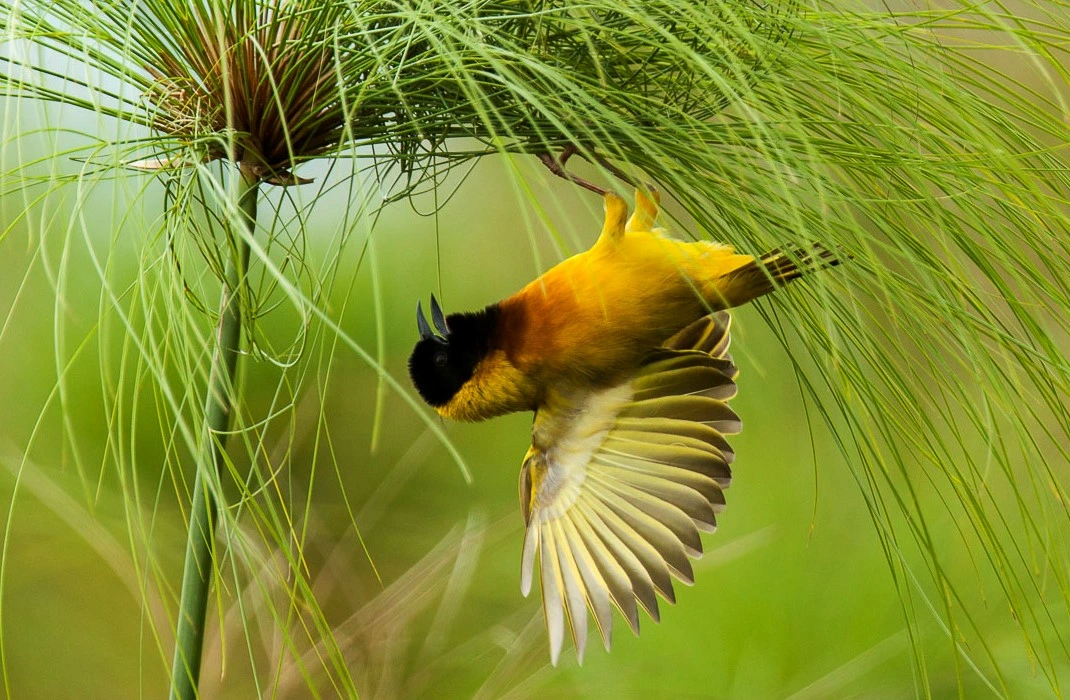 11. BLACK-HEADED WEAVER (Ploceus melanocephalus)
11. BLACK-HEADED WEAVER (Ploceus melanocephalus)
The breeding male Black-headed Weaver is a brightly-coloured bird with a distinctive black head and a yellow body. It is a member of the weaver family, which is renowned for its intricate nest-building abilities. A social species that often lives in large colonies, the Black-headed Weaver prefers habitats such as savannas, grasslands and wetlands. Originally from sub-Saharan Africa, this bird can now be found in Salgados, Dunas Douradas, Almargem, Vilamoura and Quinta do Lago.
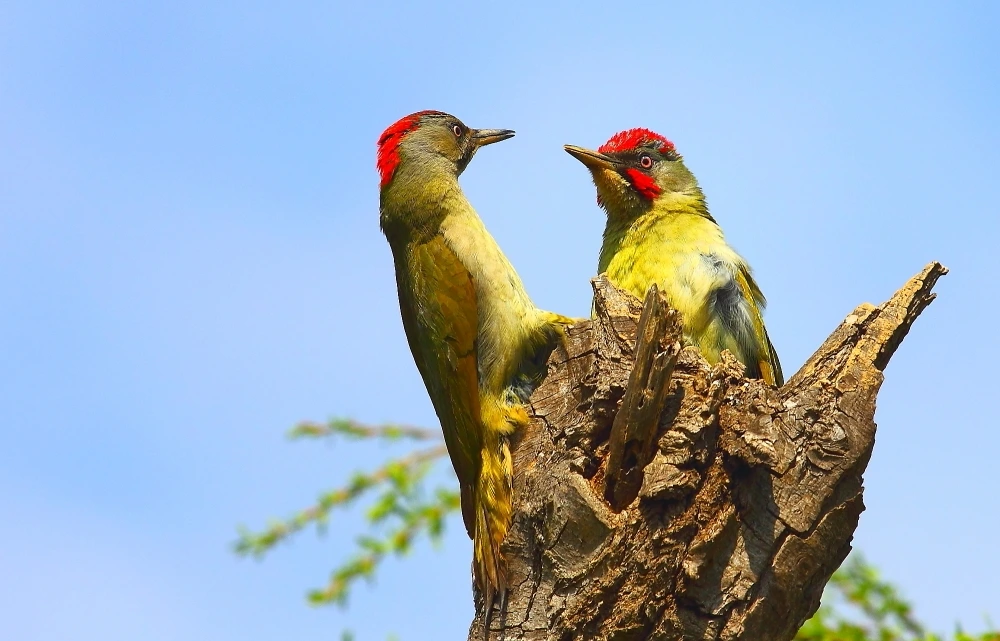 12. IBERIAN GREEN WOODPECKER (Picus sharpei)
12. IBERIAN GREEN WOODPECKER (Picus sharpei)
Known for its loud call, the Iberian Green Woodpecker is a vibrant bird with a striking green plumage and a distinctive red crest on its head. Contrary to the European Green Woodpecker, this species has a dusky (rather than a black ring) around the eyes and a small area of black on the head. In the Algarve, this bird inhabits pinewoods and other forests located in places such as Vilamoura, Pontal, Dunas Douradas and Garrão. Still, the best place to see this bird in the Algarve is probably Monchique.
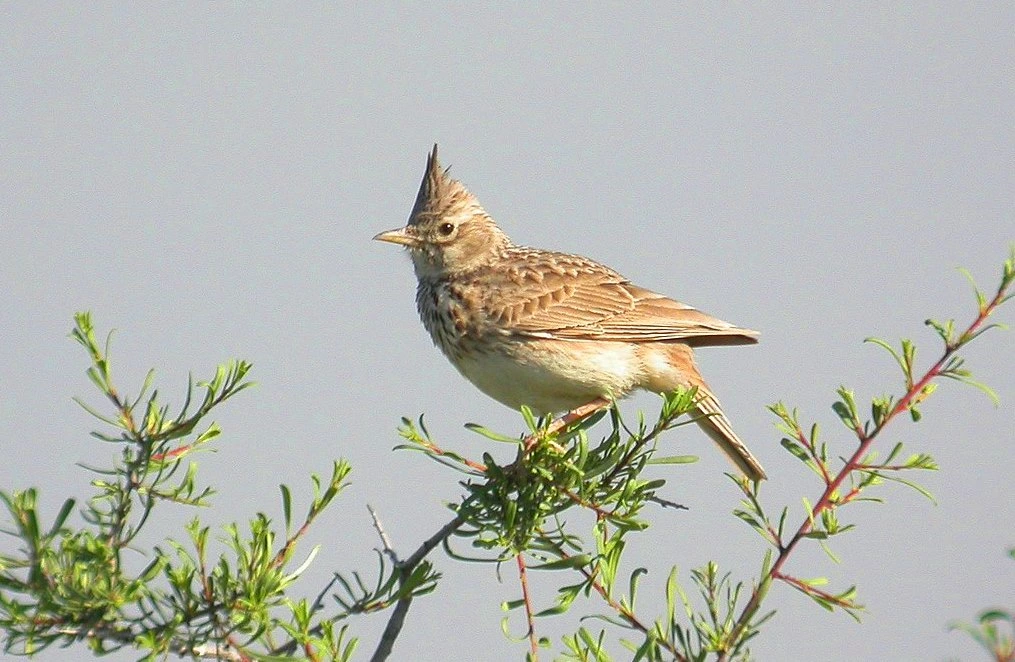 13. THEKLA’S LARK (Galerida theklae)
13. THEKLA’S LARK (Galerida theklae)
Not easy to distinguish from the Crested Lark, the more unusual Thekla’s Lark is a comparatively darker species that inhabits the rugged, open and semiarid grasslands of Africa and Southwestern Europe. With its brown-streaked plumage, and typical crest, this melodious bird can be easily found in the vicinity of Cape St. Vincent, as well as in nearby Budens Marsh and Carrapateira.
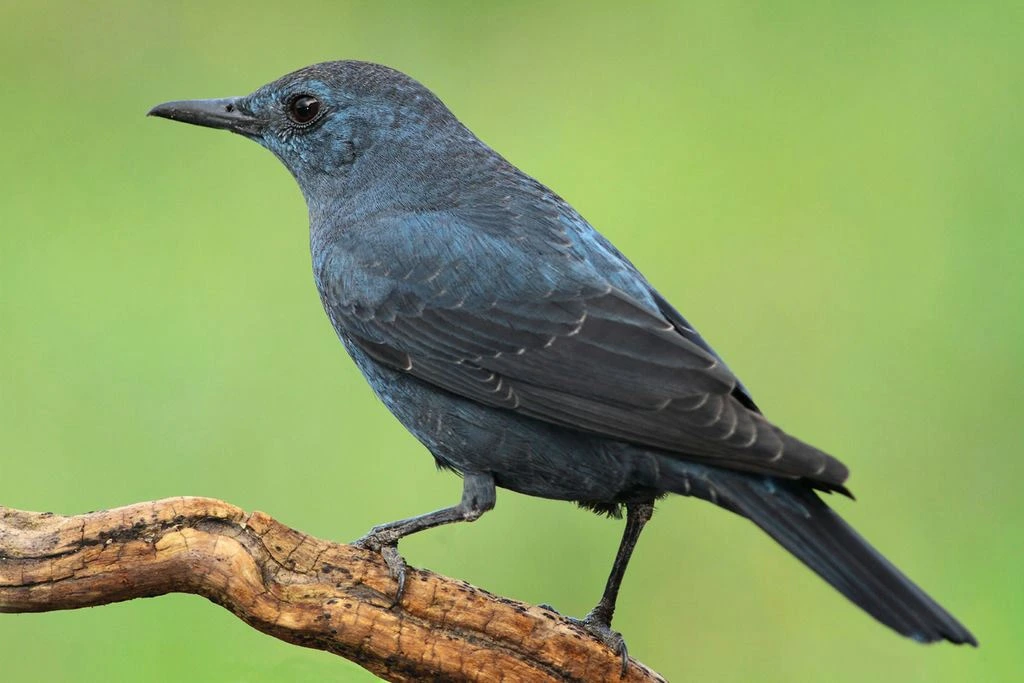 14. BLUE ROCK THRUSH (Monticola solitarius)
14. BLUE ROCK THRUSH (Monticola solitarius)
The breeding male Blue Rock Thrush is a striking bird known for its blue-grey plumage and melodious song. It is typically found in rocky and mountainous habitats, including cliffs, gorges, and rocky outcroppings, where it forages for seeds, berries, insects, and small reptiles. With its special appearance and musical call, the bird is a highlight of any birdwatching trip to its preferred habitats. You’ll find this species across the Sagres Peninsula and Cape St. Vincent, as well as in Carrapateira, Ponta da Piedade (Lagos) and Fóia (Monchique).
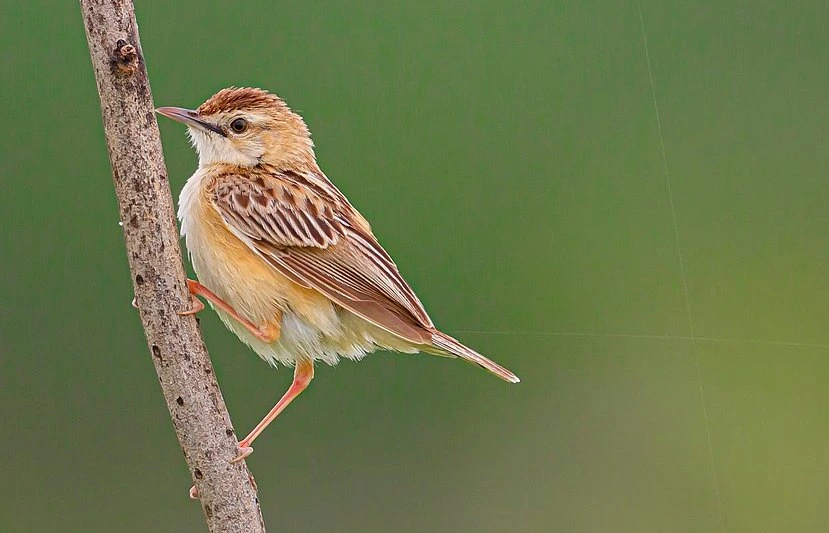 15. ZITTING CISTICOLA (Cisticola juncidis)
15. ZITTING CISTICOLA (Cisticola juncidis)
One of the smaller birds of the Algarve, the Zitting Cisticola is an insectivorous species that inhabits grasslands (often near bodies of water). It has a rufous rump and a body heavily streaked with black markings. This tiny warbler catches one’s attention with its unique ‘zitting’ song, which is frequently accompanied by display flights. This species can be seen throughout the Algarvian coastline in places like Ludo, Dunas Douradas, Vilamoura, Alvor, Ponta da Piedade and Carrapateira.
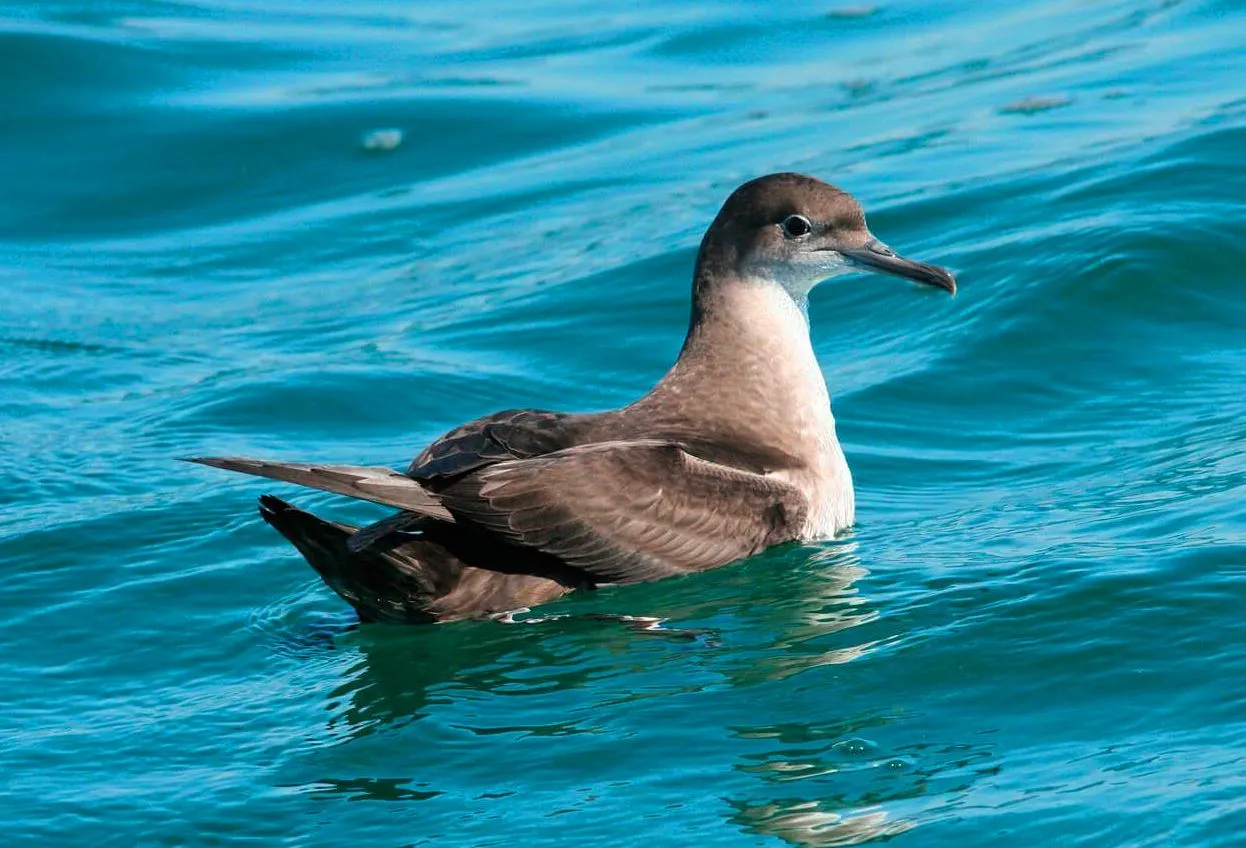 16. BALEARIC SHEARWATER (Puffinus mauretanicus)
16. BALEARIC SHEARWATER (Puffinus mauretanicus)
It is not technically a resident, but the critically endangered Balearic Shearwater can still be seen throughout most of the year in the Algarve (particularly between September and January). With no qualms to face the most tempestuous seas, this superb, acrobatic little flyer is a migratory seabird that breeds in the Balearic Islands and then moves (part of its population) to the Western Mediterranean and the Atlantic Ocean during winter. Conservation efforts are underway to protect the species and its breeding colonies. Boat tours are the best means to spot this rare and remarkable bird in the Algarve – these shearwaters are best observed mainly off Cape St. Vincent, but they also occur off Alvor, Lagos and Deserta Island.
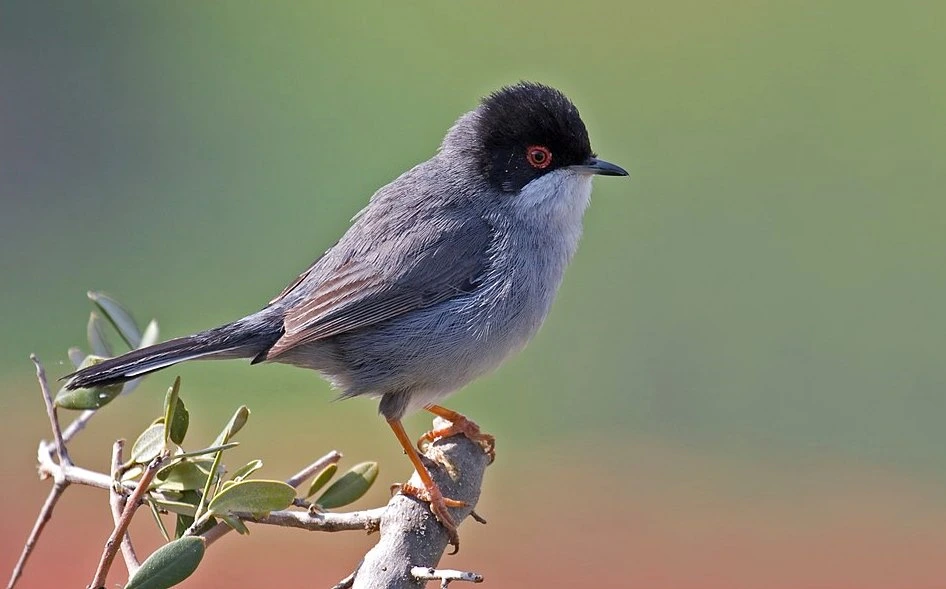 17. SARDINIAN WARBLER (Curruca melanocefala)
17. SARDINIAN WARBLER (Curruca melanocefala)
Among the most widespread birds of the Algarve, the Sardinian Warbler can be found throughout the region inhabiting gardens, dense coastal scrub, garrigue, maquis and rocky slopes with shrubs and bushes. This warbler is also easy to find near streams and wetlands. Ludo and Quinta do Lago, for instance, are excellent places to observe this bird and hear its rattling song. The adult male is grey with whitish underparts, contrasting black head, white throat and a red ring contouring the eyes. Unlike most warblers, this is not a migratory species.
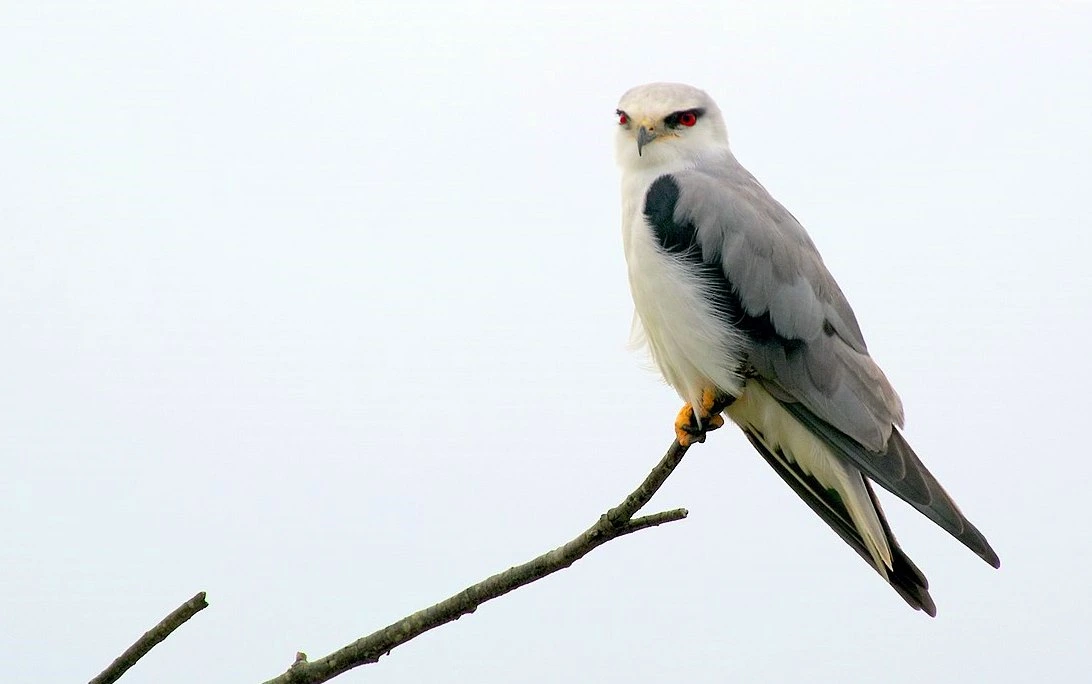 18. BLACK-SHOULDERED KITE (Elanus caeruleus)
18. BLACK-SHOULDERED KITE (Elanus caeruleus)
This is a light-coloured bird of prey known for hovering over grasslands (just like the much smaller kestrels). It has long, pointed wings, grey, white and black body, and distinctive red irises. The wings extend beyond the tail when the bird is not flying. Populations in Iberia may have grown in response to increased human activities, such as livestock rearing and agriculture. One of the best places to find this bird in the Algarve is the coastal plateau located between Odeceixe, in the north, and Praia da Amoreira, in the south (and, in particular, in the vicinity of the village of Rogil). This area falls completely within the Vicentine Coast Natural Park.
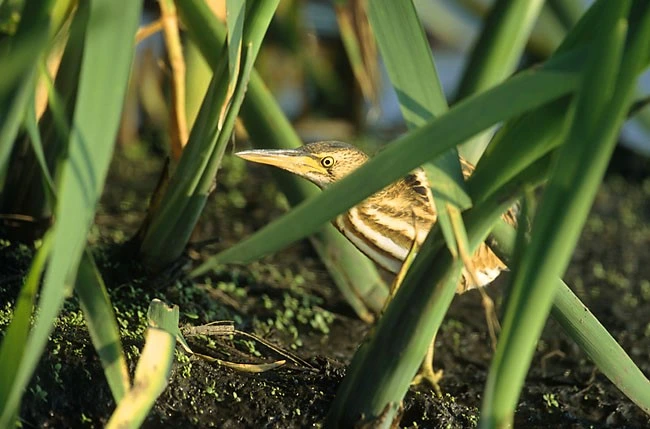 19. LITTLE BITTERN (Ixobrychus minutus)
19. LITTLE BITTERN (Ixobrychus minutus)
Together with the Stone-curlew, this must be one of the most cryptic birds of the Algarve. Being solitary and crepuscular contributes to its apparent rarity. The smallest of the breeding herons of Europe, the Little Bittern is a secretive bird that inhabits reed beds and other areas of dense vegetation bordering water bodies. It is recognized by its contrasting black and beige plumage, thick neck, and sharp bill. Technically a migratory species, the Little Bittern has been gradually changing its habits and now many of these birds spend the winter in Portugal. With a little patience – and mainly between April and September – it can be observed in Ludo, Quinta do Lago, Vilamoura and Dunas Douradas.
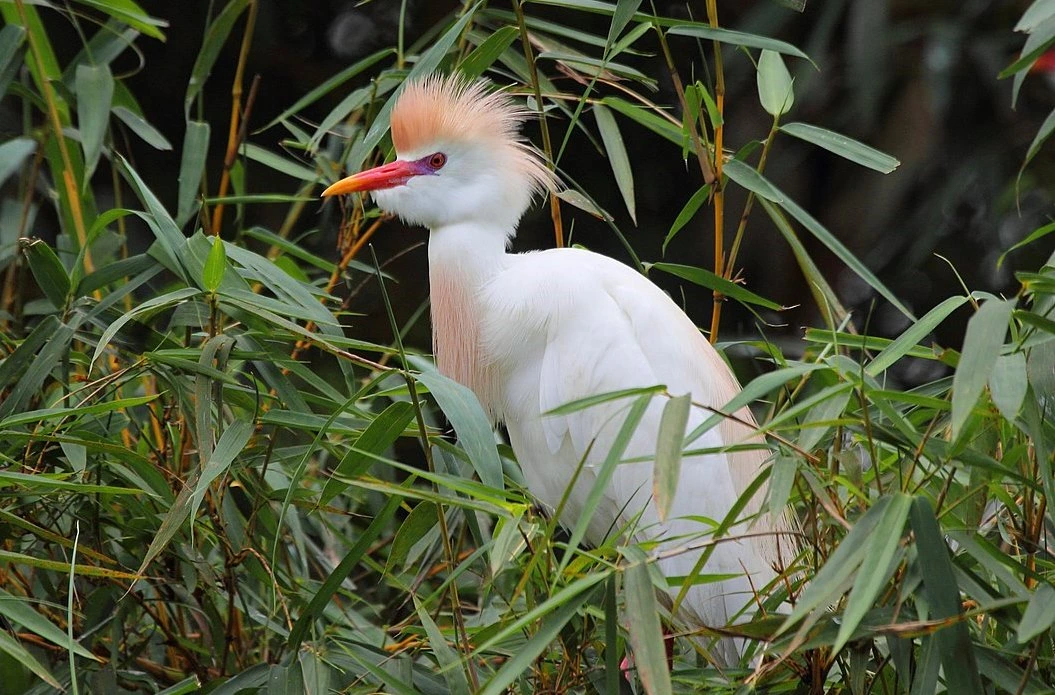 20. CATTLE EGRET (Bubulcus ibis)
20. CATTLE EGRET (Bubulcus ibis)
A medium-sized heron, this white bird adornes itself with orange or golden plumes on its chest, head and back during the breeding season. As the name implies, this species maintains a symbiotic relationship with cattle – the birds that stand on the backs of large mammals pick off parasitic bugs to eat (like ticks and fleas), while egrets on the ground prey on insects disturbed by the cattle’s actions. You can find Cattle Egrets throughout the Algarve’s coastline, particularly in Salgados, Vilamoura, Alvor, Castro Marim, Cape St. Vincent and Ponta da Piedade.
Among the resident birds of the Algarve, this is just a small set of noteworthy species. Of course, there are many more to be found throughout the region’s diverse habitats (including these migratory species). Please explore the Algarve’s main birding hotspots page for additional info. Enjoy!

Great article with beautyful pictures, thank you!
Thank you Lili! Just trying to be of service. Take care and all the best